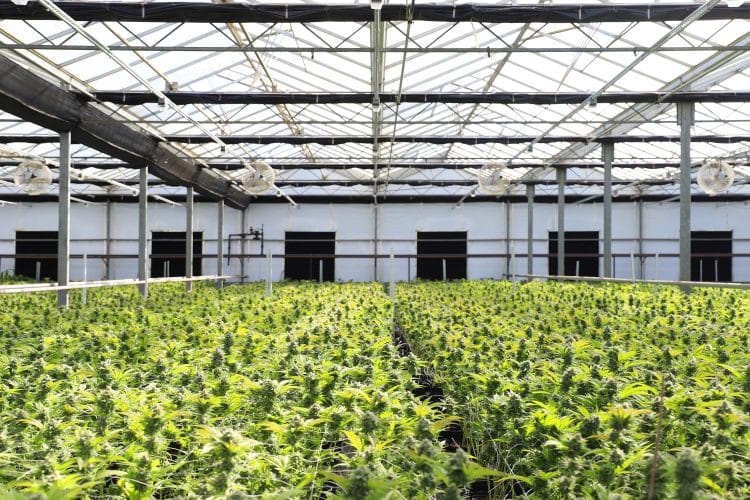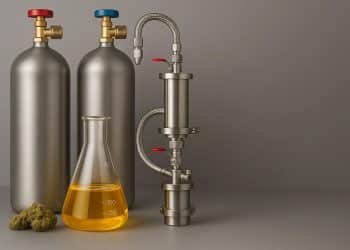Cannabis plants are veritable cannabinoid factories. However, these chemical compounds, including cannabidiol (CBD) and tetrahydrocannabinol (THC), are not readily available in freshly harvested plants, as they are locked up in acidic forms, such as tetrahydrocannabinolic acid (THCA) and cannabidiolic acid (CBDA). Fortunately, through a chemical process known as decarboxylation (decarbing), these valuable cannabinoids can be unlocked and made ready for interaction with human cannabinoid receptors. Decarboxylation occurs when light (and time) or heat is applied to cannabis plants. Doing so causes THCA and CBDA to lose their acidic groups and convert into THC and CBD.
Extractors looking to produce cannabinoid-rich extracts should have an understanding of decarboxylation and how doing this pre- or post-extraction affects end products. For example, due to the heat involved, pre-extraction decarboxylation reduces water content in the biomass. Water in the biomass can have negative effects on yields as it slows solvent-based extractions since it interacts and interferes with the solvents. For example, water will dilute ethanol, reducing its ability to solvate more non-polar species.
Another advantage of using decarboxylated biomass is it allows extractors to work with THC, which is more soluble than THCA. [1] Because of this solubility, the extraction process may be faster with improved yield, particularly in the context of supercritical carbon dioxide extraction.
However, a disadvantage of pre-extraction decarboxylation is the loss of terpenes. Heating the biomass vaporizes or alters many valuable terpenes. To preserve them, they must be extracted prior to decarboxylation and set aside for later reintroduction into the final product.
Another disadvantage of pre-extraction decarboxylation is the loss of the ability to craft shatter, as THCA is necessary in order to produce shatter. Also, THCA is becoming popular as a non-intoxicating medicine for many not interested in experiencing the effects of THC.[2]
Reference
- King J. The relationship between cannabis/hemp use in foods and processing methodology. Current Opinion in Food Science. 2019;28:32-40. [journal impact factor = 4.577; times cited = 10 (Semantic Scholar)]
- McPartland JM, MacDonald C, Young M, Grant PS, Furkert DP, Glass M. Affinity and efficacy studies of tetrahydrocannabinolic acid A at cannabinoid receptor types one and two. Cannabis Cannabinoid Res. 2017;2(1):87-95. [journal impact factor = N/A; times cited = 22 (Semantic Scholar)]
Image Source: Cannafornia from Pexels












